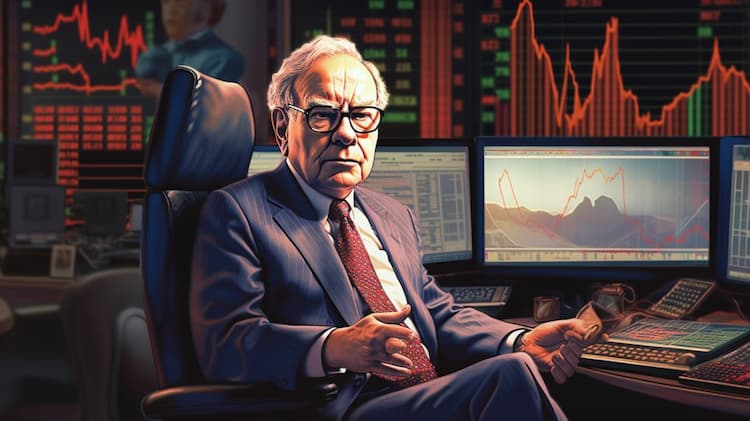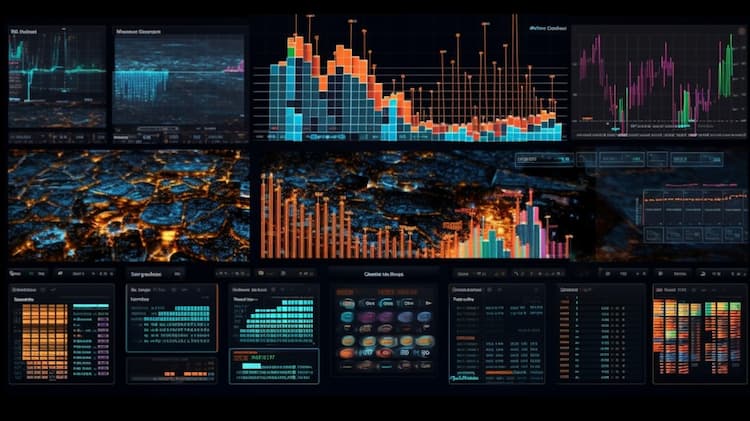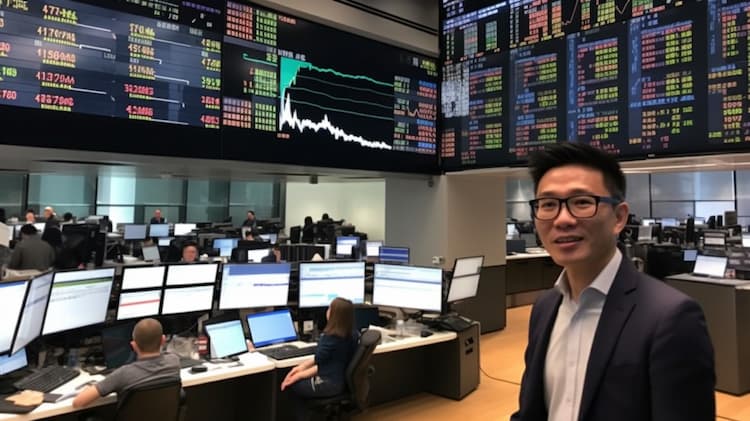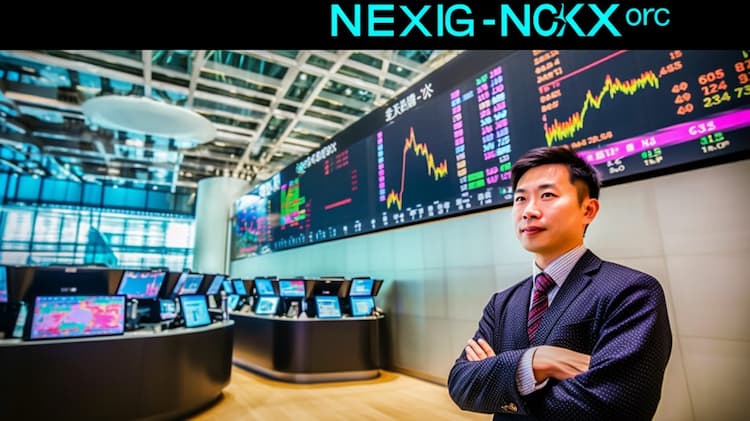
VTV VS IVE
Exchange-Traded Funds (ETFs) have transformed the landscape of modern investment, offering a diversified and accessible approach to various sectors and asset classes. In this article, we embark on a comprehensive exploration of two prominent ETFs: VTV (Vanguard Value ETF) and IVE (iShares S&P 500 Value ETF). We'll delve into their ETF tickers, full names, issuers, sectors, top holdings, capitalization, investment strategy, tracking methods, and exposure.
VTV Vs IVE: Overview
VTV and IVE are two ETFs that adopt different investment strategies within the value sector of the S&P 500 index. While VTV focuses on delivering exposure to large-cap value stocks, IVE aims to track the performance of value-oriented companies within the S&P 500. This distinction in their investment approach results in nuanced differences in their exposures and risk profiles, which we'll explore in the subsequent sections.
VTV Vs IVE: Sectors and Top Holdings
The VTV ETF is dedicated to large-cap value stocks, with holdings in sectors such as financials, healthcare, and consumer staples. Its top holdings include familiar names like Berkshire Hathaway, Johnson & Johnson, and JPMorgan Chase. In contrast, IVE invests in value-driven companies across sectors such as energy, financials, and industrials. Its top holdings encompass companies like ExxonMobil, Chevron, and Berkshire Hathaway. Diving into these sectors and top holdings aids investors in making informed decisions aligned with their investment objectives and risk preferences.
 VTV overlap VTV VS IVE
VTV overlap VTV VS IVE
VTV Vs IVE: Capitalization and Investment Strategy
VTV boasts a considerable asset under management (AUM), indicative of its popularity among investors seeking exposure to undervalued stocks within the S&P 500. IVE's investment strategy revolves around capitalizing on the performance of value stocks, which are perceived to be trading at a discount to their intrinsic value. This divergence in capitalization and investment strategy generates varying potential for returns and risk, demanding careful consideration from investors.
VTV Vs IVE: Tracking Methods and Exposure
VTV's primary objective is to mirror the performance of the CRSP US Large Cap Value Index, providing investors with exposure to value stocks within the S&P 500. In contrast, IVE seeks to replicate the performance of the S&P 500 Value Index, offering exposure to companies exhibiting value characteristics. The disparity in tracking methods and exposure strategies results in different risk-return profiles for these two ETFs. Understanding these intricacies empowers investors to choose the ETF that aligns with their investment goals and risk appetite.
Conclusion
VTV and IVE stand as distinctive ETFs, each catering to investors with a specific approach to value investing in the S&P 500. For those wishing to delve deeper into the intricacies of their holdings, correlations, overlaps, and other insights, ETF Insider presents an invaluable tool. With its user-friendly application, ETF Insider equips investors with an extensive array of details about these and other financial instruments, fostering well-informed investment decisions.
Disclaimer: This article does not provide any investment advisory services.
Sources:
Vanguard Value ETF (VTV) Overview. Vanguard. [link]
iShares S&P 500 Value ETF (IVE) Overview. iShares. [link]
CRSP US Large Cap Value Index. CRSP. [link]
S&P 500 Value Index. S&P Dow Jones Indices. [link]
IVE quote and analysis
Discover the top holdings, correlations, and overlaps of ETFs using our visualization tool.
Our app allows you to build and track your portfolio.
To learn more about the IVE iShares S&P 500 Value ETF, access our dedicated page now.
FAQ
Why is VTV better than IVE?
VTV may be considered better than IVE for some investors due to its specific focus, offering diversification.
Does IVE beat VTV?
IVE's performance relative to VTV will vary over time, depending on market conditions.
Should I invest in VTV or IVE?
The choice between VTV and IVE should align with your investment goals, risk tolerance, and desired exposure.
Are VTV and IVE good investments?
Both VTV and IVE can be suitable investments depending on individual investment strategies, goals, and risk profiles.
What is the correlation between VTV and IVE?
The correlation between VTV and IVE can vary over time, reflecting differences in performance.




















